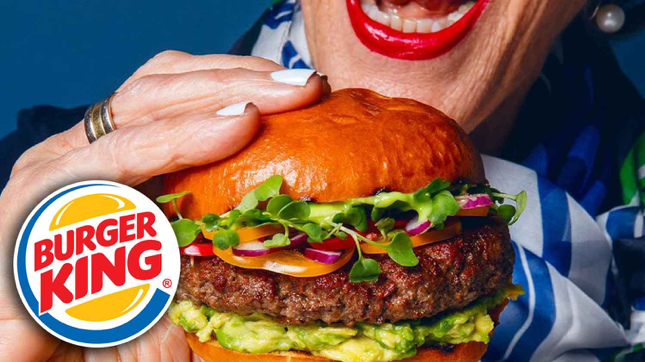
“There’s a podcast for that.” It’s true: No matter the topic, you’re likely to find a podcast that fits a certain niche. With more than 2 million podcasts in existence, there is bound to be one that piques someone’s interest.
Podcasts – episodic series of digital audio files users can download and listen to at their convenience – continue to explode in popularity. A 2021 study conducted by Edison Research revealed that podcast listenership in America has grown a mighty 29.5% over the past three years. Podcasts’ average monthly audience size is 116 million people – a 61.5% increase over three years. It was also found that 57% of Americans have listened to a podcast. So, how can brands take advantage of this forum?
As global social media engagement has plateaued, per the latest GWI study, podcasts have the power to offer brands a new, growing medium to captivate new audiences. They provide different means of connecting with audiences in ways social media cannot. Here are some key reasons to consider adding a podcast to your company’s digital marketing toolkit.
Empower your audience on the go
Podcasts are long-form pieces of content with virtually no boundaries on length. For example, you can create an episode anywhere between a few minutes and a few hours. And unlike most video platforms and social networks, podcasts don’t always rely on internet connection. Once the podcast is downloaded to the device, listening can happen over the Atlantic Ocean or in the middle of a cornfield in Iowa. Not only is Wi-Fi not a constant barrier, but podcasts can also be listened to whenever, wherever without missing a beat. The pause/start button enables the listener to tune in when their schedule allows. In other words, your audience is free to choose the time and place to listen to your content.
When it comes to podcasts, the content you create empowers the audience’s control over when they want to listen. This is a significant advantage when compared to other forms of content that live on social media, which might be missed if the audience is not active during the time posts are published. Podcast listeners are opting to interact with your brand, which can make a greater impact on the success of your podcast and overall marketing goals.
Drive stronger connections
Podcasts, like the radio and other traditional media, are a one-way form of communication in which the sender is speaking to the listener, but the listener cannot provide immediate feedback nor participate in a dialogue. This form of communication often comes with a negative response. In other words, the receiver of the communication, i.e., the audience, may feel unseen or underappreciated, thus potentially hurting the brand’s long-term content goals. This is a possible concern for podcasts, but due to the nature of the technology, the receiver already understands the setup of the communication, as they voluntarily engage with the platform.
As listeners carry podcasts wherever they go – from their morning commute to the gym to doing chores at home – a bond is created between the podcast and listener – both literally and figuratively. The listeners can take a deep dive into assorted topics, no matter how niche or broad. Podcasts also humanize your brand by clarifying your values and displaying thought leadership and expertise. The bond grows stronger between the hosts and listener each episode, developing an emotional connection that is hard to break. It has been shown repeatedly that strong emotional connections between brands and consumers can generate more sales and foster loyalty. Additionally, the dialogue is longer and more in-depth on podcasts than on other channels.
Podcasts are an effective way to elaborate on topics related to the brand and feature guests with aligned values and opinions. Brands can elevate and amplify different voices otherwise not enabled to be heard on other channels. These unique opportunities build loyal relationships with audiences, which ultimately leads to trust. Trust drives repeat and new business, marketing responsiveness, loyalty, and even goodwill during hardships.
Podcasts are an affordable, versatile, and powerful way to engage with audiences, but should they be a part of your brand’s marketing strategy? In part 2, we’ll discuss how to incorporate podcasting into your digital marketing toolkit.



